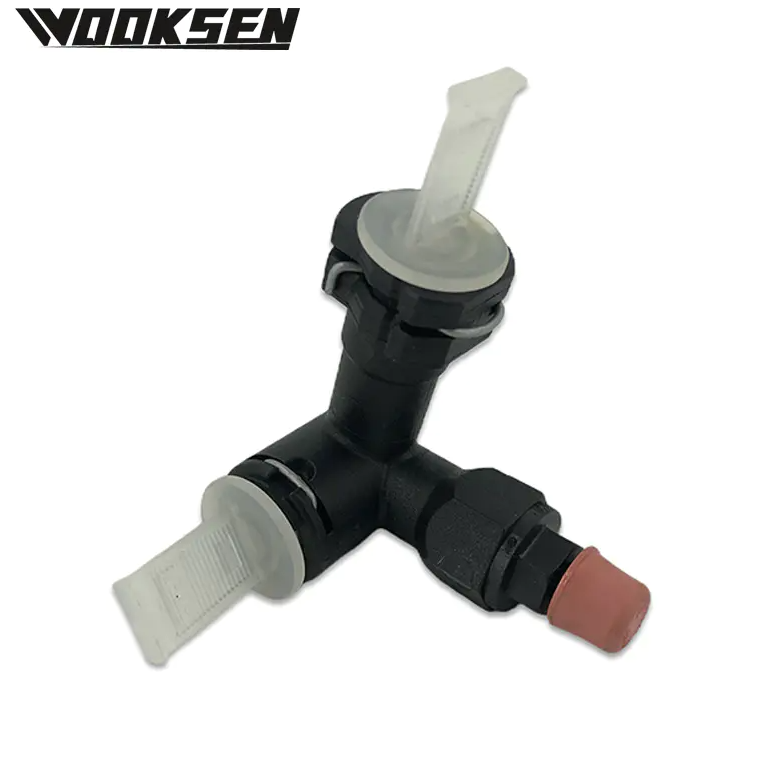Clutch Slave Cylinder Adaptor Benefits for Hydraulic Clutch Systems

The clutch slave cylinder adaptor serves as a connecting point within the hydraulic clutch assembly, enabling proper alignment between the hydraulic line and the clutch slave cylinder. By guiding hydraulic fluid efficiently, the adaptor helps maintain consistent pressure during gear changes and supports balanced clutch engagement. Its design ensures that the driver experiences predictable pedal travel, contributing to better control across a wide range of driving conditions.
A primary function of the clutch slave cylinder adaptor is to secure the hydraulic line connection while preventing fluid loss. Even a small amount of leakage can cause the pedal to feel soft or require repeated pumping to build pressure. The adaptor’s threaded interfaces and sealed joints help preserve internal pressure so the clutch can disengage reliably when the pedal is pressed. This plays an important role in achieving smooth gear transitions and avoiding unnecessary wear on drivetrain components.
Material engineering influences the adaptor’s durability and resistance to environmental stress. Transmission areas often generate significant heat, and hydraulic fluid temperatures may rise during extended driving or heavy loads. Adaptors made from sturdy alloys can maintain structural stability under these conditions, preventing deformation that could affect fluid pathways. Surface treatments further protect the adaptor from corrosion caused by humidity, road debris, or contact with hydraulic fluid.
The efficiency of the clutch system also depends on the internal shape of the adaptor. A well-designed passageway ensures that fluid flows without obstruction, allowing the driver to modulate clutch engagement with ease. When shifting quickly on highways or maneuvering through busy traffic, even minor delays in hydraulic response can affect vehicle control. A reliable clutch slave cylinder adaptor minimizes such issues by delivering consistent fluid transfer throughout the system.
Drivers should remain attentive to early signs of adaptor wear or system malfunction. Difficulty engaging gears, visible fluid droplets near the transmission, or inconsistent pedal travel may indicate problems within the hydraulic circuit. Routine inspection of the clutch slave cylinder adaptor, hydraulic hoses, and mounting brackets can help detect issues before they escalate. Keeping the hydraulic fluid clean and replacing it at scheduled intervals also promotes smooth adaptor function by reducing contamination inside the system.
The adaptor’s role may appear simple, yet it has a direct impact on clutch feel, shifting precision, and overall driving comfort. Its steady performance contributes to the longevity of the clutch system and enhances the driver’s sense of stability behind the wheel.






